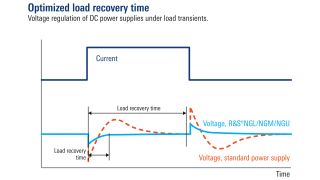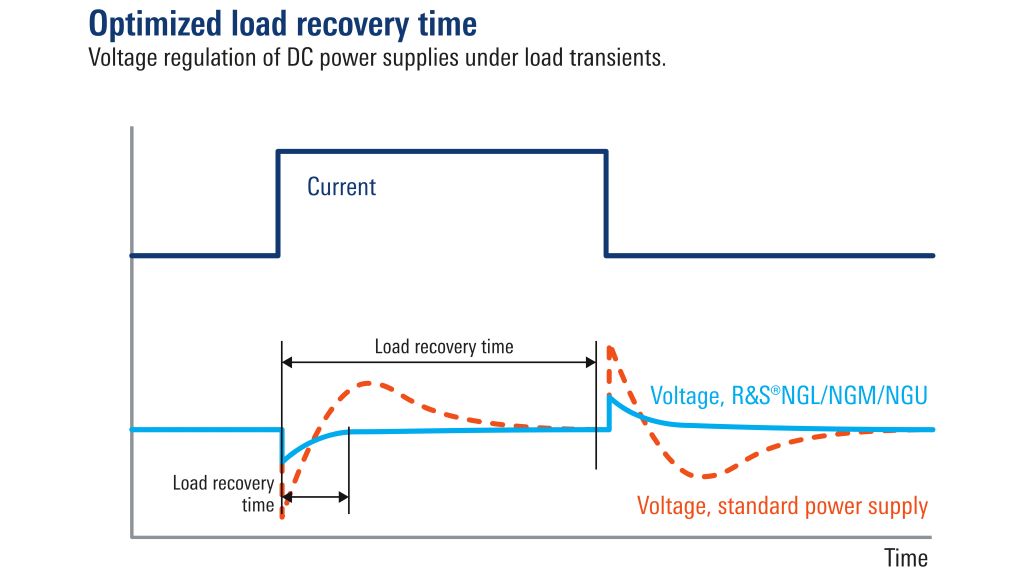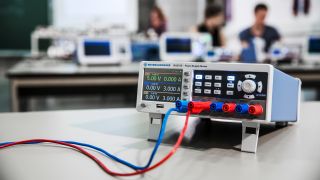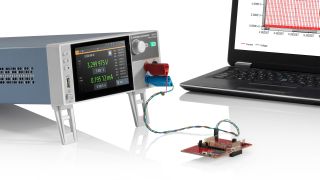R&S®Essentials | Power supplies fundamentals
Understanding output response
Author: Anja Fenske, Product Manager R&S Essentials Power supplies
It is important to choose a power supply that can follow quickly changing load conditions. If, for example, a device switches from very low to high current consumption, the power supply will take some time before its output reaches its final setting. On the other hand, power supplies can react with overshoots that endanger sensitive DUTs.
Depending on the type of power supply, it will respond to abrupt load changes with slower or faster recovery times.
Load recovery time
Load recovery time, also referred to as transient response, describes the time required by a DC power supply to reach a set voltage level after a load change. The power supply’s output voltage drops when the current suddenly rises. Likewise, a decrease in current causes a momentary increase in the power supply’s voltage. Load recovery time is the duration after which a power supply has recovered from such transient caused by a significant load change.
Consumer electronics such as mobile phones and IoT devices require very little power in sleep mode. However, the current increases abruptly when the device switches to transmit mode. A power supply used to power such DUTs must be capable of handling load changes from a few nA to the ampere range with minimum voltage drops and overshoots.














